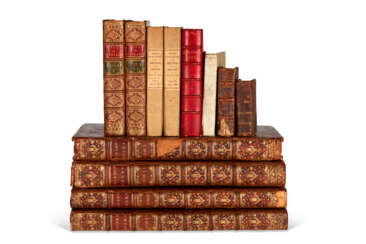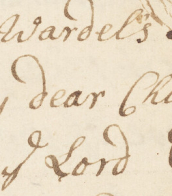petr il&
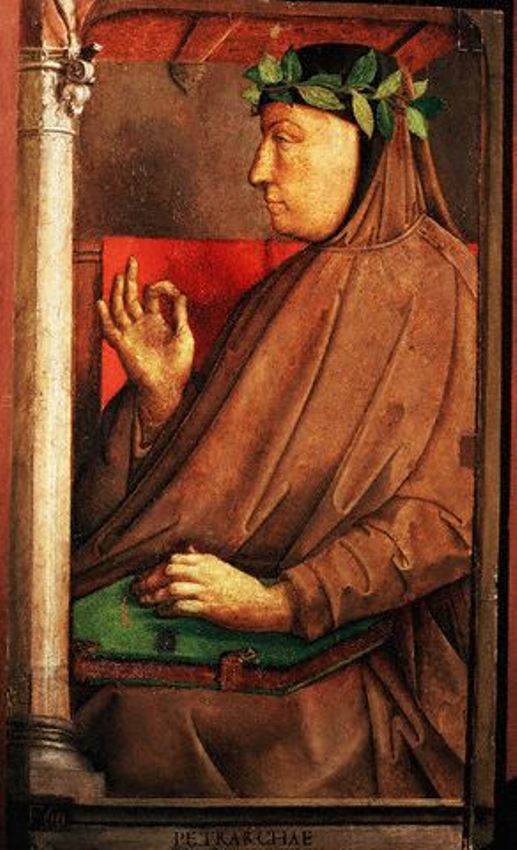
Francesco Petrarca was an Italian poet, the founder of European humanism, and one of the greatest figures of the Italian Proto-Renaissance.
Petrarca studied at the University of Montpellier, then at the University of Bologna, in 1330 entered the service of Cardinal Giovanni Colonna as a chaplain. Then he made various pilgrimages, in 1353 settled in Milan at the court of Archbishop Giovanni Visconti, and carried out important diplomatic missions. Petrarca spent the last years of his life in the village of Arquà near Padua.
Since 1337 Petrarca began to write literary works: these were historical poems in Latin and lyric poems in Italian. In 1327 Francesco saw Laura for the first time, undivided love for which was the main source of his poetry. Laura was for him an object of adoration and pure platonic love. Despite the fact that they saw each other only a few times and were not really acquainted, Petrarca carried this feeling through his life.
Passionate about ancient culture, Petrarch deciphered and commented on the manuscripts of Cicero, Quintilian and others. He opposed medieval scholasticism interest in the earthly purpose of man, argued that the nobility of man depends not on the nobility of origin, but on his virtue. Petrarca highly valued the mind and creative abilities of man, and these humanistic ideas found vivid expression in his lyrics, revealing the inner world of man. Petrarca's work laid the foundation for the formation of Italian humanism. He also dreamed of the unification of Italy, the revival of the former greatness of Rome.
Francesco Petrarca had one of the richest libraries of his time, where ancient Roman writers, poets, historians, philosophers were represented. He was one of the brightest representatives of the culture of the Renaissance. Petrarca's works are characterized by perfection of form and musicality of verse, which played a significant role in the development of European poetry. Among his works are the poem "Africa" about the Second Punic War in Latin, allegorical pastoral eclogues "Bucolics" (1346/1357), a book of songs "My Italy", "Noble Spirit", sonnets, etc.
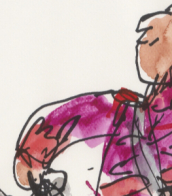
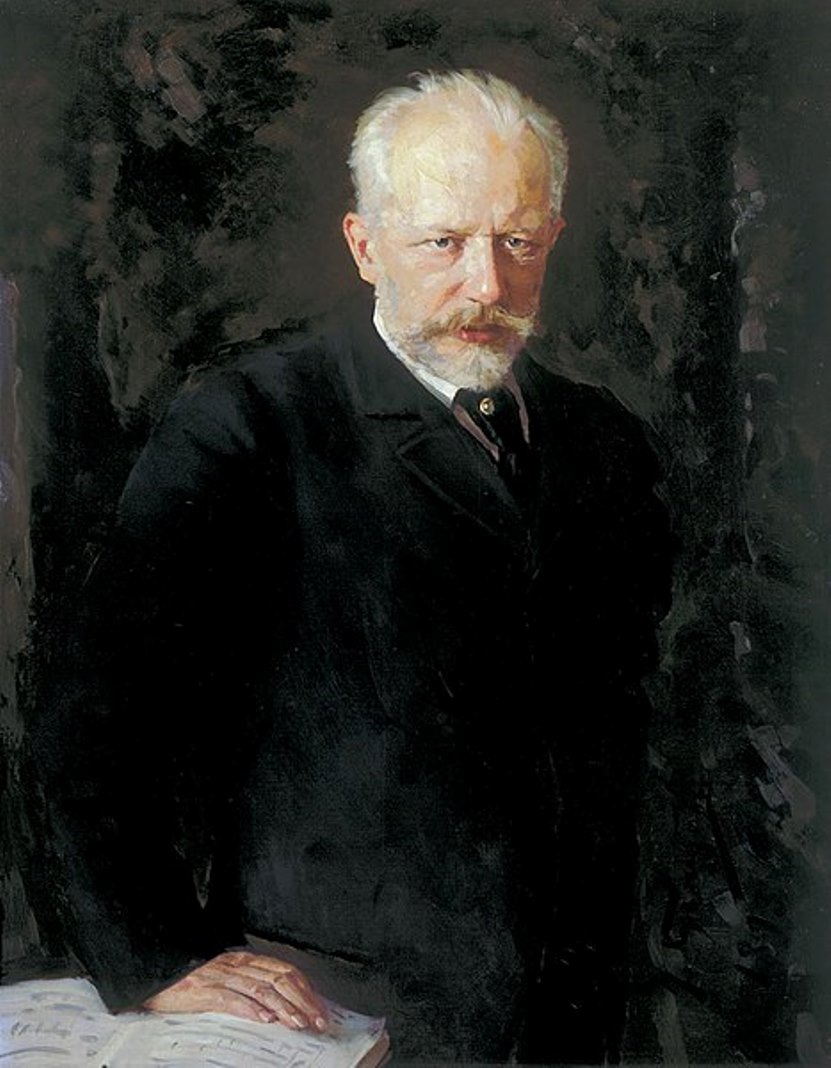
Petr Ilich Chaikovskii (Russian: Петр Ильич Чайковский) was a great Russian composer, teacher, conductor and music critic.
Petr was born into the family of a mining engineer; later his father became manager of the Alapaev and Nizhnekamsk factories and director of the Technological Institute in St. Petersburg. Already at the age of five Peter began to learn to play the piano and compose. Educated as a lawyer, he was appointed to the Ministry of Justice and retired in 1867.
In 1865, Chaikovskii graduated with honors from the St. Petersburg Conservatory, composing several significant works during his years of study. From 1866-1878, Chaikovskii was a professor at the Moscow Conservatory, translated several musical-theoretical works, and wrote A Guide to the Practical Study of Harmony. In 1868 he made his first appearance in the press as a music critic, and later worked as a music reviewer for the Moscow newspapers Sovremennaya Annals and Russkiye Vedomosti.
Petr Ilich destroyed his first operas - "Voevoda" and "Undina" - apparently dissatisfied with the result, but his next concertos and symphonies, the operas "Oprichnik" (1874) and "Vakula the Blacksmith" (1876) were already quite successful. In 1877 patron of the arts and admirer Nadezhda von Meck arranged for Chaikovskii to receive an annual subsidy of six thousand roubles, thanks to which he devoted his later life to composing, and from 1888 the composer also received an annual pension of three thousand roubles from the Russian Emperor Alexander III.
From the 1880s Chaikovskii became known not only in Russia but also abroad: he gave numerous concerts in European cities, and his music was recognized and loved in the USA.
A man of extraordinary sensitivity, Petr Chaikovskii revealed in music the inner world of man from lyrical intimacy to the deepest tragedy, creating the highest examples of operas, ballets, symphonies and chamber works. During this period he wrote the operas "Eugene Onegin" (1878), "The Maid of Orleans" (1879), "Mazepa" (1883), "Cherevichki" (1885), "Queen of Spades" (1890), "Iolanta" (1891) and others. And also ballets "Swan Lake" (1876), "Sleeping Beauty" (1889), "The Nutcracker" (1892). All of these works are still going with enduring success in all the world's theaters.
His cycle The Seasons and his Sixth Symphony ("Pathetique") are also widely known. Chaikovskii 's six symphonies, the symphony "Manfred" (1885), "Italian Capriccio" (1880), three concerti for piano and orchestra (1875-93), a concerto for violin and orchestra, "Variations on a Rococo Theme for Cello and Orchestra" (1876), a piano trio "In Memory of the Great Artist" (1882), and romances belong to the world's masterpieces.
Chaikovskii died unexpectedly, having contracted cholera during an epidemic in St. Petersburg. In honor of the composer in 1958, one of the most prestigious performing competitions was organized - the International Chaikovskii Competition, which is held in Moscow every four years. The city of Chaikovskii in the Perm Region, streets in many cities in the former Soviet Union, and a crater on Mercury are named in the composer's honor. The Moscow State Conservatory bears Tchaikovsky's name. Petr Chaikovskii is one of the most performed composers all over the world.
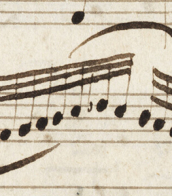
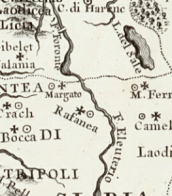
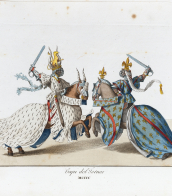


Paolo Venini emerged as one of the leading figures in the production of Murano glass and an important contributor to twentieth century Italian design. He is known for having founded the eponymous Venini & C. glassworks.
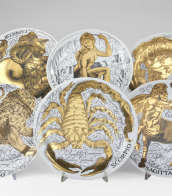



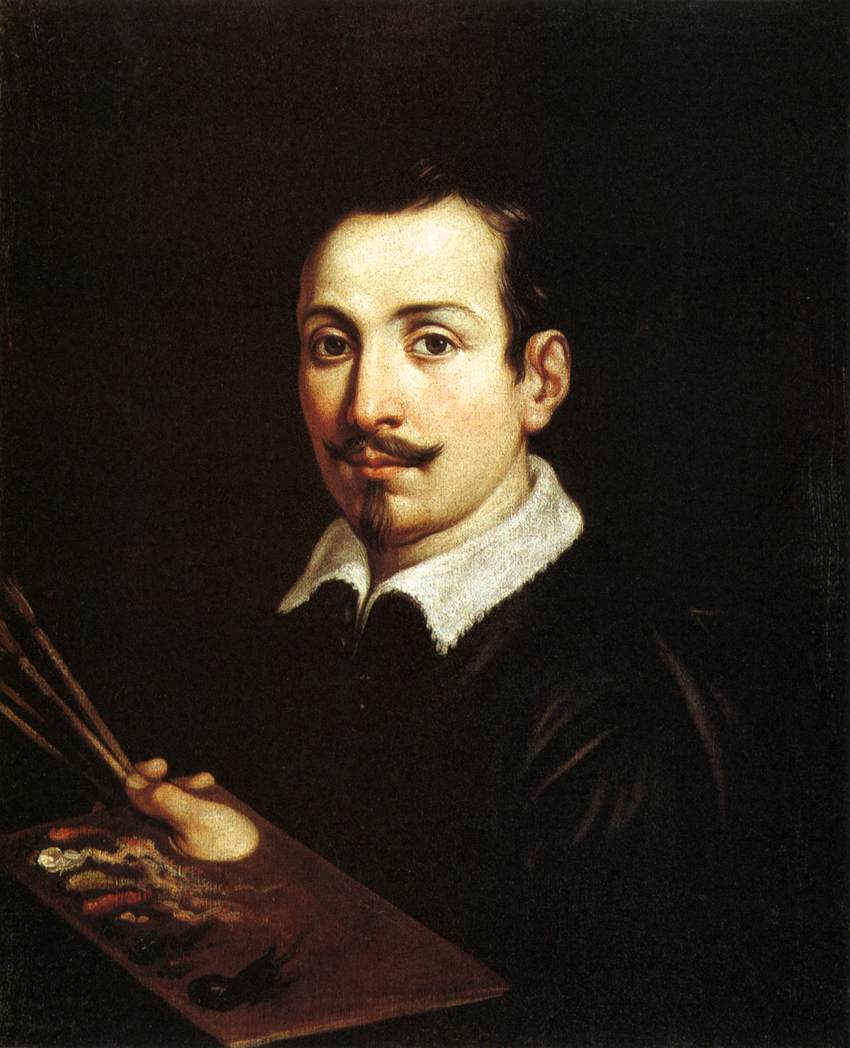
Guido Reni was an Italian Baroque painter, celebrated for his refined and classical approach to art. Born in Bologna, Italy, Reni's career spanned the late Renaissance and early Baroque periods, where he became known for his religious and mythological scenes. His style, characterized by elegance and grace, set him apart from his contemporaries, making his works highly sought after by both religious and secular patrons.
Reni's training under Denys Calvaert, followed by his time in the Carracci workshop, laid the foundation for his distinctive blend of classical idealism and Baroque dynamism. This education, coupled with his interactions and reported rivalry with Caravaggio in Rome, influenced his development as an artist who could balance the dramatic intensity of the Baroque with a serene classicism.
One of Reni's most famous works, the fresco "Aurora" in the Casino dell'Aurora of Palazzo Pallavicini-Rospigliosi, showcases his mastery of classical forms and his ability to convey narrative through expressive composition and vibrant color. This masterpiece, depicting Apollo's chariot led by Dawn, is celebrated for its simplicity and restraint, contrasting the more elaborate compositions typical of his era.
Reni's contributions to religious art are also significant, with works such as "The Archangel Michael Defeating Satan" and "Saint Joseph and the Christ Child" reflecting his capacity to imbue traditional Christian subjects with a profound sense of divinity and humanity. His paintings are distinguished by their delicate treatment of light and shadow, a hallmark of his refined aesthetic.
Collectors and art experts continue to admire Reni's works for their technical brilliance and emotional depth. His paintings, such as "The Massacre of the Innocents" and "Saint Sebastian," are preserved in major museums worldwide, testament to his enduring influence on Western art. Reni's legacy as a bridge between the Renaissance's ideal beauty and the Baroque's emotive power remains unparalleled, securing his place among the pantheon of great artists.
For collectors and experts in the field of art and antiques, Guido Reni's oeuvre represents not just the pinnacle of Baroque painting but also a connection to the cultural and aesthetic shifts of his time. To stay updated on sales, auctions, and exhibitions related to Guido Reni's works, signing up for updates can provide exclusive insights and opportunities to engage with the legacy of this exceptional artist.

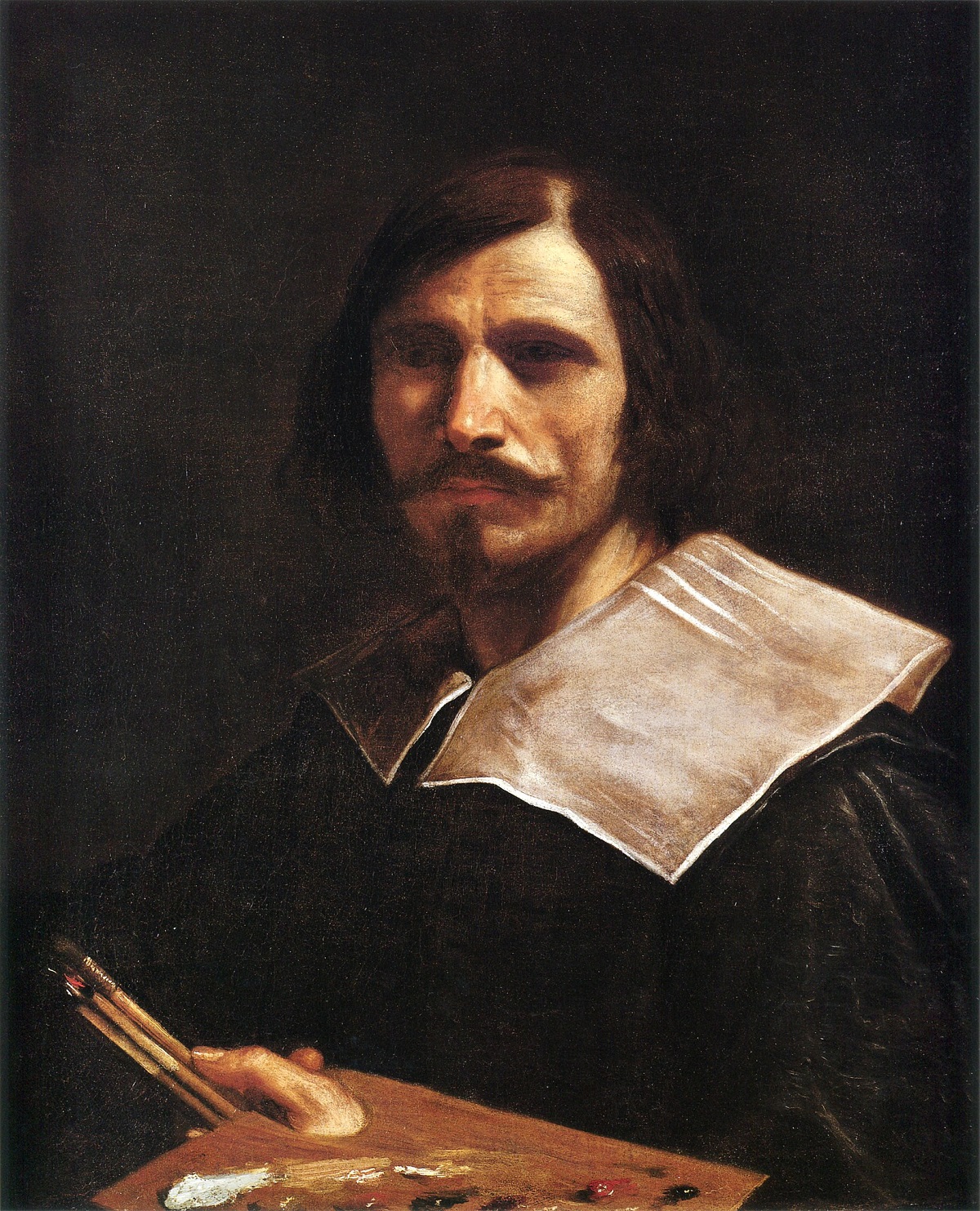
Giovanni Francesco Barbieri, better known as Guercino, was an Italian Baroque painter and draftsman from Cento in the Emilia region, who was active in Rome and Bologna. The vigorous naturalism of his early manner contrasts with the classical equilibrium of his later works. His many drawings are noted for their luminosity and lively style.


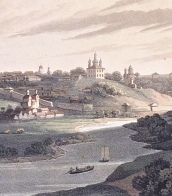
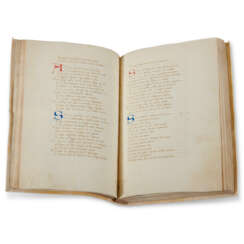

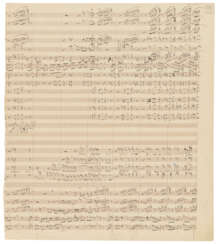



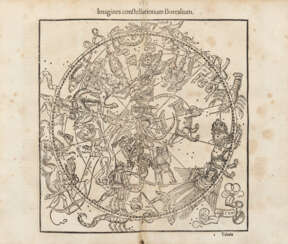









![GRAEVIUS, Johann Georg (1632-1703) - [COLLEZIONE DI TAVOLE DA:] - Thesaurus antiquitatum et historiarum Italiae. She give: Petrus Vander, 1704-1722.](/assets/image/picture_1241987/78097/enhtioh6fned98mua3jvgdr-wru2y1l3fcgxm9zdakeun3hbv8ioioivntanq1608650265jpg__fix_374_244.jpeg)
![GRAEVIUS, Johann Georg (1632-1703) - [COLLEZIONE DI TAVOLE DA:] - Thesaurus antiquitatum et historiarum Italiae. She give: Petrus Vander, 1704-1722.](https://veryimportantlot.com/assets/image/picture_1241987/78097/enhtioh6fned98mua3jvgdr-wru2y1l3fcgxm9zdakeun3hbv8ioioivntanq1608650265jpg__fix_374_244.jpeg)


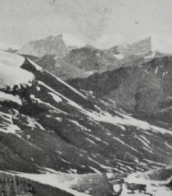
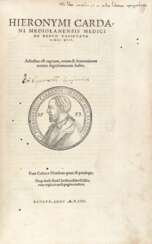

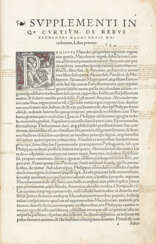



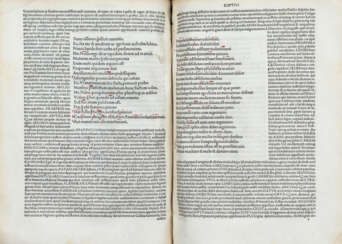

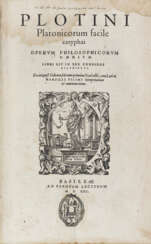



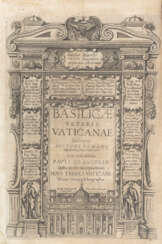

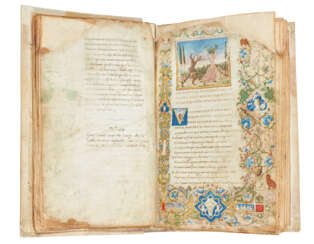

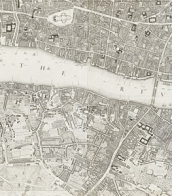
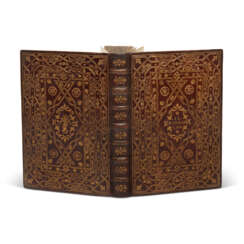

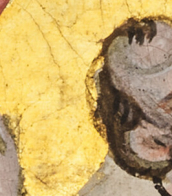
![Alexandre Franzevitch et Petr Franzevitch GARDNER [fabrique de]](/assets/image/picture_45422/e0247/tmtjw-jelgtvury-mrk7mb-16xdnynzvhhzwfhozt-62pzocs1akb2uwl49dsuz1509641146jpg__fix_374_244.jpeg)
![Alexandre Franzevitch et Petr Franzevitch GARDNER [fabrique de]](https://veryimportantlot.com/assets/image/picture_45422/e0247/tmtjw-jelgtvury-mrk7mb-16xdnynzvhhzwfhozt-62pzocs1akb2uwl49dsuz1509641146jpg__fix_374_244.jpeg)

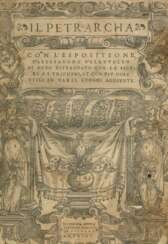

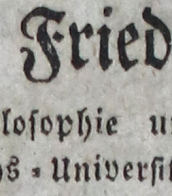
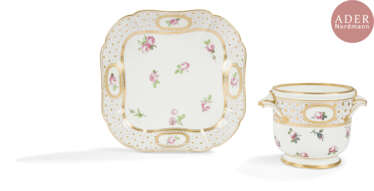







![Marcenac, J. Nadia Petrova: Peintures, gouaches / [Exposition] Galerie Bernheim-Jeune, Paris, novembre 1953; Jean Marcenac; André Verdet.](/assets/image/picture_2303444/cdcc8/kymsktxgmhse4ige-vvxblrmukmeaejwtzlthj5byzsyyh6f4bhpphk1vagotqxe1659663048jpg__fix_374_244.jpeg)
![Marcenac, J. Nadia Petrova: Peintures, gouaches / [Exposition] Galerie Bernheim-Jeune, Paris, novembre 1953; Jean Marcenac; André Verdet.](https://veryimportantlot.com/assets/image/picture_2303444/cdcc8/kymsktxgmhse4ige-vvxblrmukmeaejwtzlthj5byzsyyh6f4bhpphk1vagotqxe1659663048jpg__fix_374_244.jpeg)
![Marcenac, J. Nadia Petrova: Peintures, gouaches / [Exposition] Galerie Bernheim-Jeune, Paris, novembre 1953; Jean Marcenac; André Verdet.](/assets/image/picture_3071402/70080/xxucqiqmhczo-yjdyztbvbchokc4nd2jtpa7hs1aajuijq2sshvwaswmasuevgx1692870325jpg__fix_374_244.jpeg)
![Marcenac, J. Nadia Petrova: Peintures, gouaches / [Exposition] Galerie Bernheim-Jeune, Paris, novembre 1953; Jean Marcenac; André Verdet.](https://veryimportantlot.com/assets/image/picture_3071402/70080/xxucqiqmhczo-yjdyztbvbchokc4nd2jtpa7hs1aajuijq2sshvwaswmasuevgx1692870325jpg__fix_374_244.jpeg)
